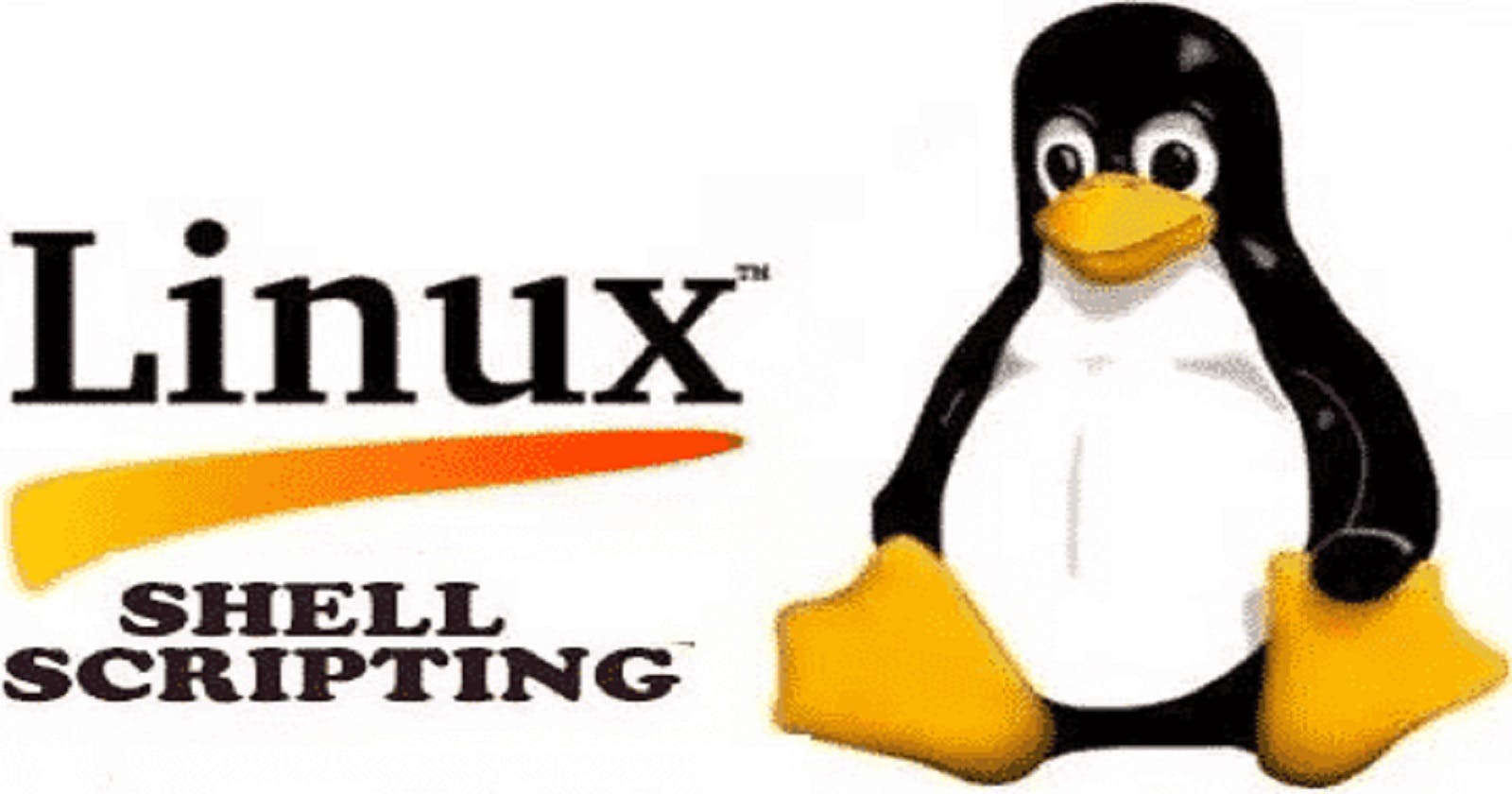Shell scripting refers to writing and executing scripts using a shell interpreter, such as the Unix shell (e.g., Bash, sh, csh) or Windows Command Prompt (cmd.exe). Shell scripts are typically composed of a sequence of commands and control structures that automate various tasks and operations within a command-line interface.
Shell scripting allows users to combine and execute multiple commands in a batch or script file, automating repetitive tasks, managing system configurations, and performing complex operations. It provides a way to create reusable and customizable scripts for command-line interactions, system administration, software development, and more.
Key features of shell scripting include:
Command Execution: Shell scripts can execute a series of commands, external programs, and utilities. This enables users to automate tasks that would otherwise require manual execution.
Variables and Data Manipulation: Shell scripts allow the use of variables to store and manipulate data. Variables can hold strings, numbers, and other types of data, facilitating dynamic behavior within the script.
Control Structures: Shell scripts provide control structures such as loops (for, while) and conditionals (if-else) to control the flow of execution based on certain conditions. This allows for decision-making and repetitive operations.
File Operations: Shell scripts enable file and directory management tasks, such as creating, copying, renaming, moving, and deleting files. They can also read and modify the contents of files.
Input and Output Redirection: Shell scripts provide mechanisms to redirect input and output streams. This allows for reading input from files or other commands and redirecting output to files or other processes.
Functions: Shell scripts support defining and using functions, allowing for code modularity and reusability. Functions encapsulate a series of commands and can be called multiple times within a script.
Shell scripting is highly flexible and widely used across different operating systems. It serves as a powerful tool for system administrators, developers, and power users to automate tasks, manage systems, and enhance productivity in a command-line environment.
Fundamental concepts and syntax commonly used in shell scripts
Let's cover some basics of shell scripting. Here are some fundamental concepts and syntax commonly used in shell scripts:
Shebang: The shebang line is the first line of a shell script and specifies the shell interpreter to use. It begins with "#!" followed by the path to the shell interpreter. For example,
#!/bin/bashindicates that the script should be interpreted by the Bash shell.Comments: Comments provide explanations and documentation within the script. They start with the "#" character and are ignored by the shell. For example:
shellCopy code# This is a comment in a shell scriptVariables: Variables are used to store and manipulate data within a shell script. They are typically declared without spaces around the "=" sign. Variable names are case-sensitive and conventionally use uppercase letters. To assign a value to a variable, use the "=" operator. For example:
shellCopy codename="John" age=25Command Substitution: Command substitution allows the output of a command to be substituted as part of a command or assigned to a variable. It is denoted by "`" (backticks) or "$( )". For example:
shellCopy codecurrent_date=$(date +%Y-%m-%d)Input and Output: Shell scripts can read input from users or files and display output. The
readcommand is used to capture user input, and theechocommand is used to display output. For example:shellCopy codeecho "Enter your name:" read name echo "Hello, $name!"Command Execution: Shell scripts execute commands in sequence. Each command is written on a separate line, and the shell waits for the command to finish before executing the next one. For example:
shellCopy codeecho "Command 1" echo "Command 2"Control Structures:
If-Else: The
ifstatement is used for conditional execution. It tests a condition and executes a block of code if the condition is true. Optionally,elifandelsestatements can be used for additional conditions. For example:shellCopy codeif [ $age -gt 18 ]; then echo "You are an adult." else echo "You are a minor." fiLoops:
For Loop: The
forloop iterates over a list of values or elements. For each iteration, the loop variable takes on a new value. For example:shellCopy codefor i in 1 2 3; do echo "Number: $i" doneWhile Loop: The
whileloop executes a block of code repeatedly as long as a condition is true. For example:shellCopy codecounter=1 while [ $counter -le 5 ]; do echo "Count: $counter" counter=$((counter + 1)) done
Functions: Functions provide a way to group commands and reuse code. They are defined using the
functionkeyword (optional) or by just declaring the function name followed by parentheses. For example:shellCopy codegreet() { echo "Hello, $1!" } greet "John"
These are some basic concepts and syntax used in shell scripting. With these fundamentals, you can start writing shell scripts to automate tasks, perform system administration, and more. Remember to practice and explore more advanced concepts and commands to enhance your scripting skills.
In the next blog we are going to learn some Real-Time Scenarios and Linux Shell Scripting for DevOps Engineers.
Thank you for reading.
Stay Connected.
